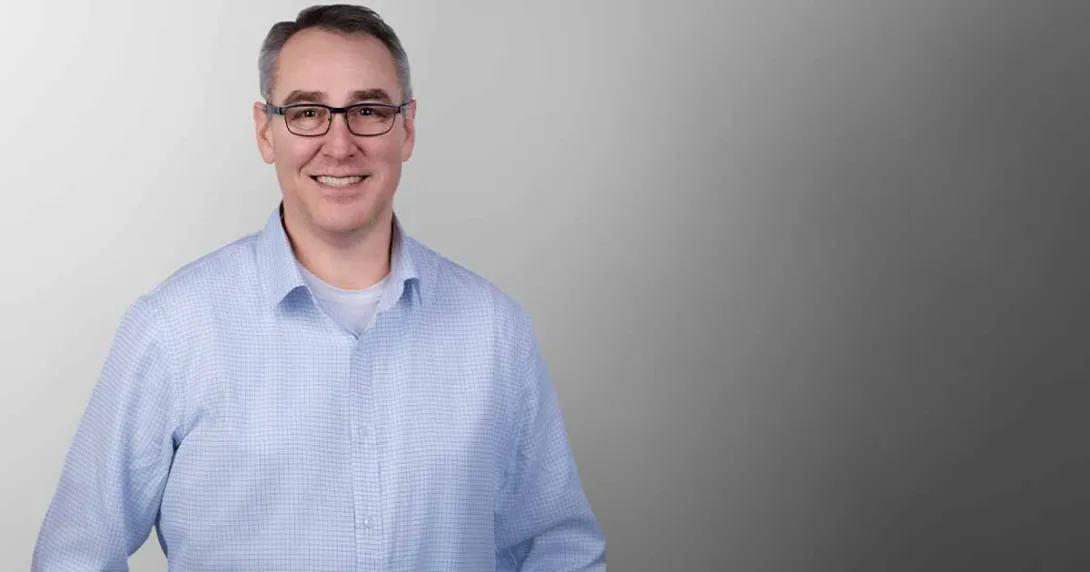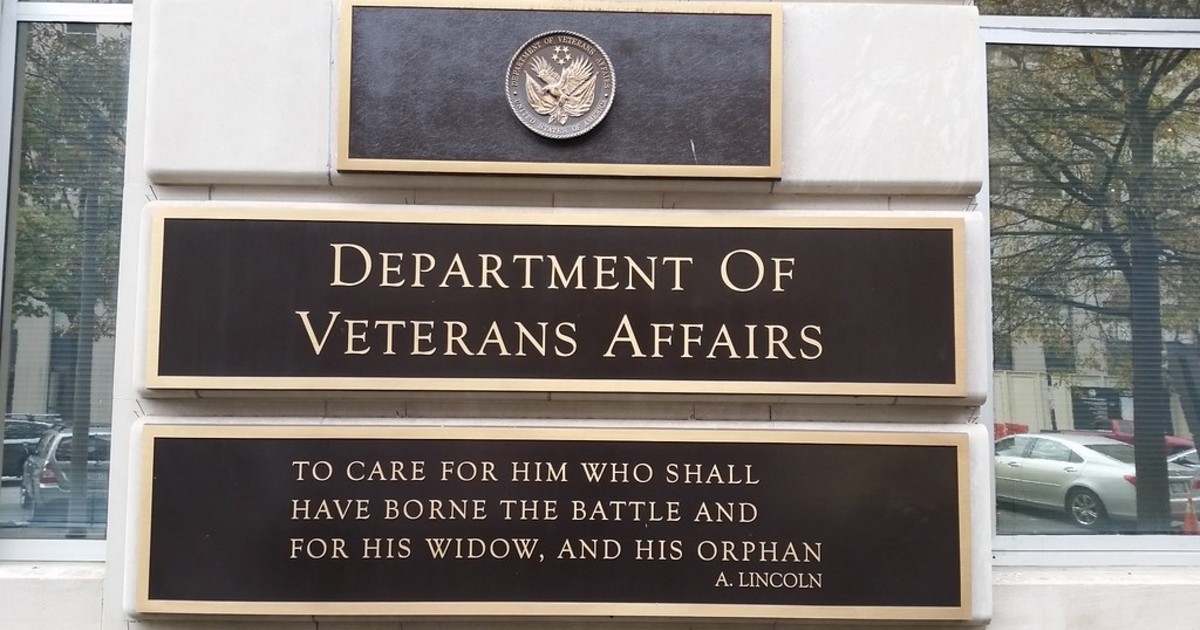
Dr. Colin Banas, chief medical officer at DrFirst
Photo: DrFirst
At HIMSS25, the focus for attendees should be on actionable innovations – technologies that eliminate friction and enhance collaboration, advised Dr. Colin Banas, chief medical officer at DrFirst.
DrFirst (Booth 1058) is a vendor of medication management technology that works from prescription through adherence and is used by nearly half a million prescribers, 70,000 pharmacies, 270 EHRs and health information systems, and more than 2,000 hospitals in the U.S., the company reported.
"I recommend health IT leaders at HIMSS25 prioritize AI and automation in practical, measurable ways," Banas said. "AI already is making an impact, but the key for CIOs and IT leaders is to deploy AI where it solves real pain points.
"Whether it's automating prior authorization workflows, integrating predictive analytics for medication adherence, or enabling chat-driven clinical decision support, the focus should be on reducing administrative burden and improving patient outcomes," he continued. "Look for AI systems that provide real, quantifiable value to clinicians and patients alike."
Enabling better collaboration
On another front, break down data silos to enable better collaboration, Banas advised.
"One of healthcare's biggest obstacles is fragmented data, which prevents providers, pharmacies and payers from working together efficiently," he said. "IT leaders should prioritize interoperability with integrations that facilitate real-time data exchange across the healthcare ecosystem. When clinical data is accessible and actionable within workflow, it leads to faster treatment decisions, fewer errors and better patient engagement."
Also, CIOs and other health IT leaders should empower patients with targeted information to improve adherence and reduce readmissions, he added.
"When patients end up back in the hospital, it's often connected to taking their prescribed medications incorrectly – or not at all," he noted. "Patient engagement programs that include personalized, targeted information connect people with cost-saving resources and relevant clinical information that drives medication adherence.
"CIOs and IT leaders should focus on patient engagement platforms that give patients the information they need while not adding administrative burden to busy clinicians," he said.
AI's practical impact
Along these lines, Banas noted what he has observed to be the big technologies for HIMSS25.
"AI has been a dominant topic in healthcare for years, but in 2025, it's shifting from hype to real-world applications," he said. "This year, the industry is focusing on AI's practical impact – especially in areas like patient engagement, clinical decision support and accelerating time to therapy.
"For patients, AI agents are transforming the medication journey by acting as concierges that provide real-time updates on copays, prior authorization status and financial assistance options," he continued. "These innovations are eliminating long hold times and back-and-forth calls between providers, insurers and pharmacies – easing frustration and giving patients greater control over their care."
On the provider side, AI-enhanced clinical decision support tools now are embedded directly into EHR and prescribing workflows, enabling clinicians to quickly search clinical literature for informed decisions, he said. This reduces cognitive overload and improves patient safety by ensuring providers have the most up-to-date treatment insights at the point of care, he noted.
"In addition, disruptive innovation is poised to revolutionize how e-prescriptions are sent to pharmacies, breaking out of an outdated system that strangles innovation and limits clinical collaboration," Banas said. "Prescriptions are, after all, clinical orders. Yet e-prescriptions are handled by an archaic claims-based system that treats them more like financial transactions.
"A new approach with customizable workflows allows prescribers and pharmacists to fully collaborate, connect with payers and patient support programs, eliminate time-consuming manual workarounds, and reduce the delays that impact patient care – particularly for specialty and high-cost medications," he concluded.
Follow Bill's HIT coverage on LinkedIn: Bill Siwicki
Email him: bsiwicki@himss.org
Healthcare IT News is a HIMSS Media publication.
WATCH NOW: Why you can't just dump AI on a CIO or CTO to make a chief AI officer


